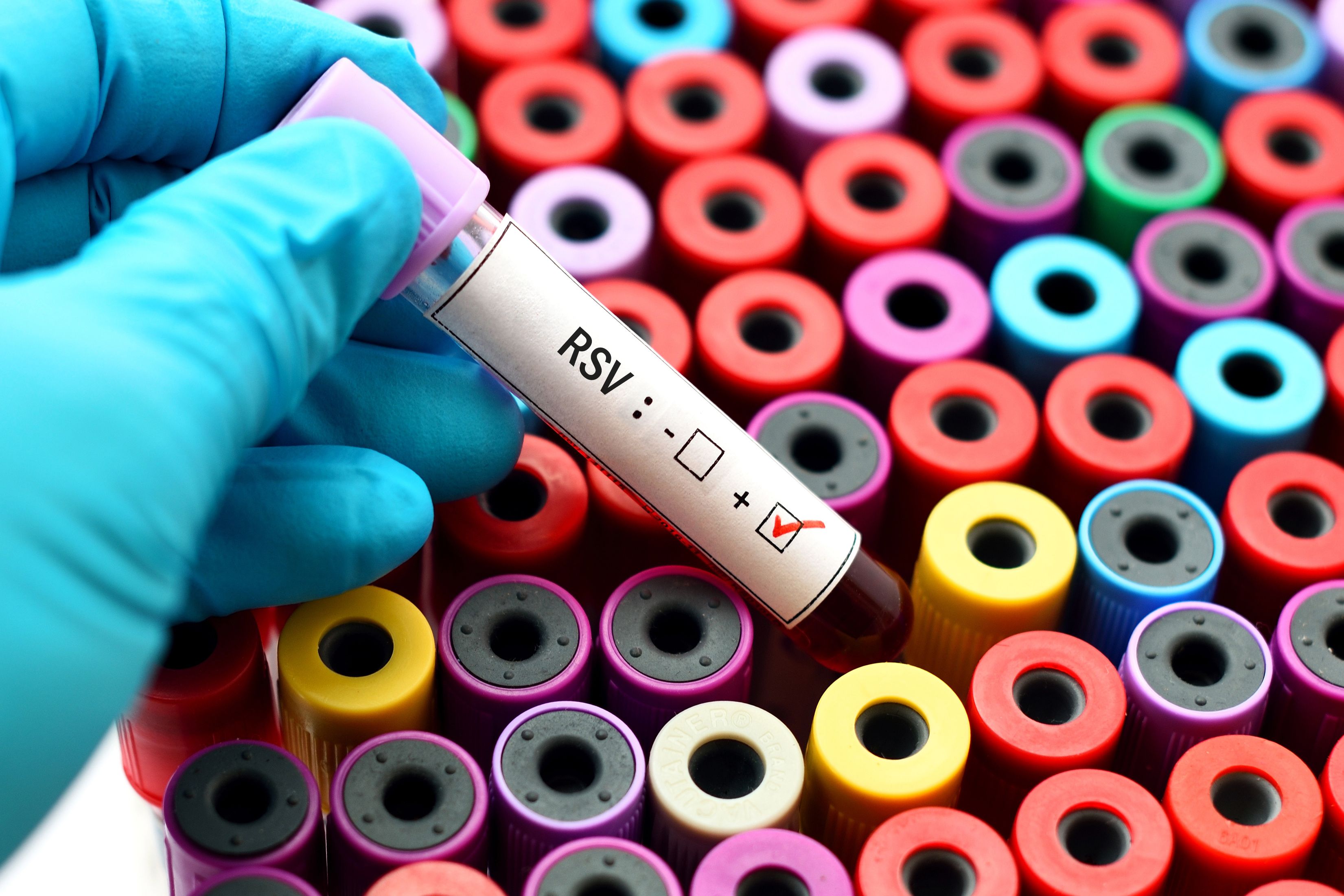Immunoprophylaxis Guidance for RSV Not Aligned With Current Hospitalization Patterns, Study Finds
Investigators urge policymakers to establish flexible models that maximize coverage when respiratory syncytial virus activity is high and minimize unnecessary doses when viral activity is low.
Current immunoprophylaxis guidance for respiratory syncytial virus (RSV) that is based on historical seasonality is not aligned with the current RSV-related hospitalization patterns, according to a new study published by JAMA Health Forum. Investigators said these findings highlight the need for policymakers to establish flexible models that are responsive to regional RSV epidemiological data and to maximize coverage when RSV activity is high while reducing unnecessary doses when viral activity is low.
Image Credit: jarun011 - stock.adobe.com

“Immunoprophylaxis administration to high-risk children during active RSV circulation periods is cost-effective,” the authors wrote. “American Academy of Pediatrics (AAP) guidelines recommended that high-risk children receive RSV immunoprophylaxis with monoclonal antibodies. Insurers typically cover RSV immunoprophylaxis annually (November-March) in accordance with RSV seasonality.”
Investigators noted that since the start of the COVID-19 pandemic, RSV has been characterized by unanticipated interseasonal increases in prevalence. A summer RSV surge in 2021 prompted AAP to recommend RSV immunoprophylaxis for high-risk children; however, uptake of vaccination has varied among states and insurers, according to the study.
“Interseasonal spikes and policy lag create periods in which RSV immunoprophylaxis provides no protection, which potentially undermines its cost-benefit ratio,” the authors wrote. “We investigated patterns in RSV-related hospitalizations and RSV-immunoprophylaxis administration timing to account for changing RSV epidemiological characteristics to inform policy discussions between clinicians and public and commercial insurance.”
The retrospective cross-sectional study used data from the Pediatric Health Information System (PHIS) to evaluate patients younger than 2 years of age hospitalized for RSV between July 2017 and November 2022.
Investigators used the International Statistical Classification of Diseases, Tenth Revision, Clinical Modification diagnosis codes (eMethods in Supplement 1) to identify hospitalizations associated with RSV and children eligible for RSV-immunoprophylaxis. RSV seasonality was defined as the months in which RSV-related hospitalizations exceeded by 3 SDs mean monthly hospitalization counts (June-September; >350 per month). An χ2 test was used to compare hospitalizations from the 2017 to 2020 and 2021 to 2022 RSV seasons and during interseasons.
The study found 4 RSV seasons with 109,185 RSV-related hospitalizations among 104,898 children (median [IQR] age, 4.7 [2.0-10.6] months; 45,931 girls [43.8%], 58,947 boys [56.2%]), with seasonal spikes between 2017 and 2019 found to begin in October. The data show that high-risk children represented a larger proportion of hospitalizations during interseasons, whereas children with public insurance represented the largest proportion of hospitalizations, which increased during interseasons.
From 2017 to 2019, the investigators found that seasonal hospitalization patterns, which began in November and ended in March, were aligned with RSV immunoprophylaxis availability. The 2021 RSV season, however, started in May with 579 hospitalizations per month. Further, in most states, public and commercial insurance did not approve RSV immunoprophylaxis until September or later, according to the study.
“Although RSV immunoprophylaxis ended between January and March 2022 and restarted in October or November 2022, RSV season was continuous, with monthly hospitalizations larger than the interseasonal threshold. The 2021 to 2022 RSV season consisted of 45% of all hospitalizations over the study period,” the authors wrote. “We found that RSV-related hospitalizations deviated from expected seasonality pattern during the pandemic. The AAP guidelines encouraged out-of-season RSV immunoprophylaxis authorization. The RSV surge was missed by the time insurance covered RSV immunoprophylaxis. Many high-risk children could not receive RSV immunoprophylaxis during peak months.”
Limitations of the study included a reliance on hospital administrative data to identify RSV cases. The authors noted that in general, a limited number of hospitals submit ambulatory data to PHIS, and children are not tested consistently for the virus in outpatient settings.
“This analysis suggests that current RSV-immunoprophylaxis guidance based on historical seasonality does not align with current RSV-related hospitalization patterns. To maximize benefits of RSV immunoprophylaxis, preventing hospitalization and death among high-risk children, policies must be responsive to atypical epidemiological patterns,” the authors wrote. “Surveillance is not a universal public health activity. Even among jurisdictions that perform RSV surveillance, data may not be pediatric-specific and/or available in real time to inform policy decisions. Existing public health–hospital relationships and data infrastructure could be leveraged for real-time pediatric surveillance to guide RSV immunoprophylaxis initiation and cessation.”
Reference
Kusma JD, Macy ML, Kociolek LK, Davis MM, Ramgopal S. Seasonality in Respiratory Syncytial Virus Hospitalizations and Immunoprophylaxis. JAMA Health Forum. 2023;4(6):e231582. doi:10.1001/jamahealthforum.2023.1582. Accessed July 12, 2023.
